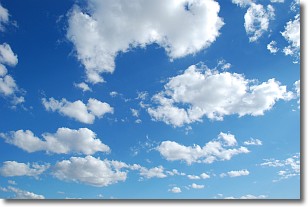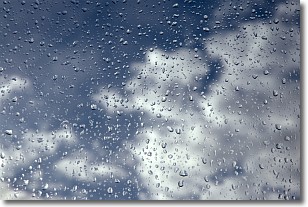Weather Alert in North Carolina
Beach Hazards Statement issued June 30 at 7:45PM EDT until July 1 at 8:00PM EDT by NWS Wilmington NC
AREAS AFFECTED: Coastal Pender; Coastal New Hanover; Coastal Georgetown
DESCRIPTION: * WHAT...Strong south to north longshore current. There is also a Moderate Risk of rip currents. * WHERE...In North Carolina, Coastal Pender and Coastal New Hanover Counties. In South Carolina, Coastal Georgetown County. * WHEN...From 6 AM EDT Tuesday through Tuesday evening. * IMPACTS...Longshore currents can sweep swimmers and surfers into rip currents, piers, jetties, and other hazardous areas. It may sweep swimmers off their feet, making it difficult to return to shore.
INSTRUCTION: Caution should be used when in or near the water. Check with lifeguards before entering the ocean for possible hazards you may be swept into.
Want more detail? Get the Complete 7 Day and Night Detailed Forecast!
Current U.S. National Radar--Current
The Current National Weather Radar is shown below with a UTC Time (subtract 5 hours from UTC to get Eastern Time).

National Weather Forecast--Current
The Current National Weather Forecast and National Weather Map are shown below.

National Weather Forecast for Tomorrow
Tomorrow National Weather Forecast and Tomorrow National Weather Map are show below.

North America Water Vapor (Moisture)
This map shows recent moisture content over North America. Bright and colored areas show high moisture (ie, clouds); brown indicates very little moisture present; black indicates no moisture.

Weather Topic: What are Cumulonimbus Clouds?
Home - Education - Cloud Types - Cumulonimbus Clouds
 Next Topic: Cumulus Clouds
Next Topic: Cumulus Clouds
The final form taken by a growing cumulus cloud is the
cumulonimbus cloud, which is very tall and dense.
The tower of a cumulonimbus cloud can soar 23 km into the atmosphere, although
most commonly they stop growing at an altitude of 6 km.
Even small cumulonimbus clouds appear very large in comparison to other cloud types.
They can signal the approach of stormy weather, such as thunderstorms or blizzards.
Next Topic: Cumulus Clouds
Weather Topic: What is Drizzle?
Home - Education - Precipitation - Drizzle
 Next Topic: Evaporation
Next Topic: Evaporation
Drizzle is precipitation in the form of water droplets which are
smaller than raindrops.
Drizzle is characterized by fine, gently falling droplets and typically does not
impact human habitation in a negative way. The exception to this is freezing drizzle,
a condition where drizzle freezes immediately upon reaching earth's surface.
Freezing drizzle is still less dangerous than freezing rain, but can
potentially result in hazardous road conditions.
Next Topic: Evaporation
Current conditions powered by WeatherAPI.com




